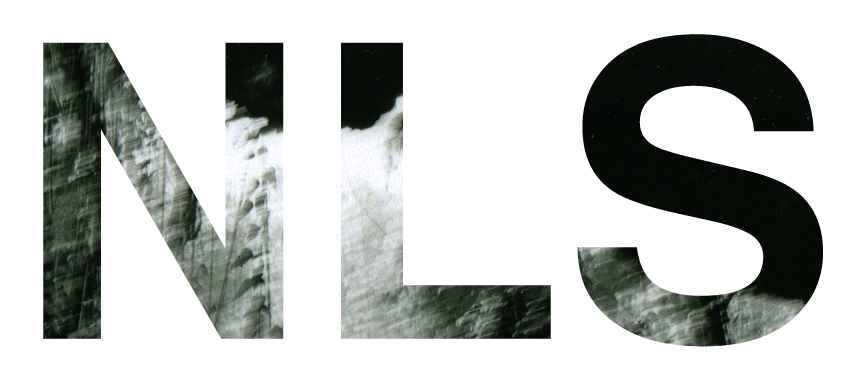Of the 64 working artists in Jamaica who participated in the 2012 study, the majority lived in Kingston (66.7%) while 22.7% resided in other parts of the island. A diverse group of artists working in various mediums and disciplines were represented in the study. Artists in the study identified as one or more of the following: photographer, videographer, sculptor, performance artist, computer/digital artist, and painter. Only a few of these artists claimed to be self-taught, with 55.3% reporting to have been academically trained.
Of the participants that were out of school 79% did not exhibit regularly. 6% reported participating in local exhibitions regularly and 15% reported that they participated in both local and international exhibitions regularly while 23% reported participating in only 1 exhibition per year locally (Figure 1). 18% reported that they showed work only in their studios, and another 18% were recent graduates with no exhibition experience outside of school (Figure 1).
81.6% of artists who participated in the 2012 study ranked funding and space to make work as their biggest obstacles to producing art; 65.8% ranked funding first and 15.8% ranked space to make work as their primary obstacle. The remaining 18.4% ranked a lack of adequate community support from other art professionals, a shortage of exhibition opportunities and limited cultural support as their main hindrances.
69.6% of participating artists reported not having enough opportunities for engagement with fellow artists, while 8.7% said they received none at all. Only 13% thought their discourse and ties with other artists was ample, and the remaining 8.7% said they engaged in adequate correspondence with colleagues (Figure 3).
The majority of artists in the study reported working at their art practice from home. This result is consistent with other findings in this study that indicate significant obstacles for artists to attain space to make their work. The vast majority of artists reported spending between 5 to 40 hours per week in their studios while maintaining another career.
Though 52% of artists applied for funding, funding was unattainable for most artists (70%). Of the 30% of artists who did receive funding, 100% reported receiving this from private/non-governmental sources, while 26% of this funded group (7.8% of total participants) reported having ever received government funding at some point in the past. The most frequent amount of funding reported was in the range of $50 - 350 USD. Most artists in the study earned an annual income of
5,000 - 10,000 USD (21%), while 8.7 % had an annual income of 10,000 - 30,000 USD and another 8.7% had an annual income of 30,000 - 50,000 USD.
Culture
is the cornerstone of the tourism industry for many major cities, with their cultural institutions and organisations (such as art museums, galleries and outdoor public works of art) serving as attractions and economic drivers. Despite this fact, as well as the sustainability of such models, and the resilient activity of local art professionals in Jamaica that this study reports, the economic model of visual art tourism is yet to be explored in Jamaica at the national/public level. This study supports the claim that most artists who live in Jamaica and exhibit regularly (as of 2012) did so because of opportunities overseas and private donors.
This study was conducted electronically; therefore it is likely that artists without Internet access are not represented in these findings.
If you live in Jamaica and are NOT an artist, please take a moment to participate in our 2015 study of the public consumptionof art. If you live in Jamaica and ARE an artist, please participate in the 2015 follow-up to the above study. |



